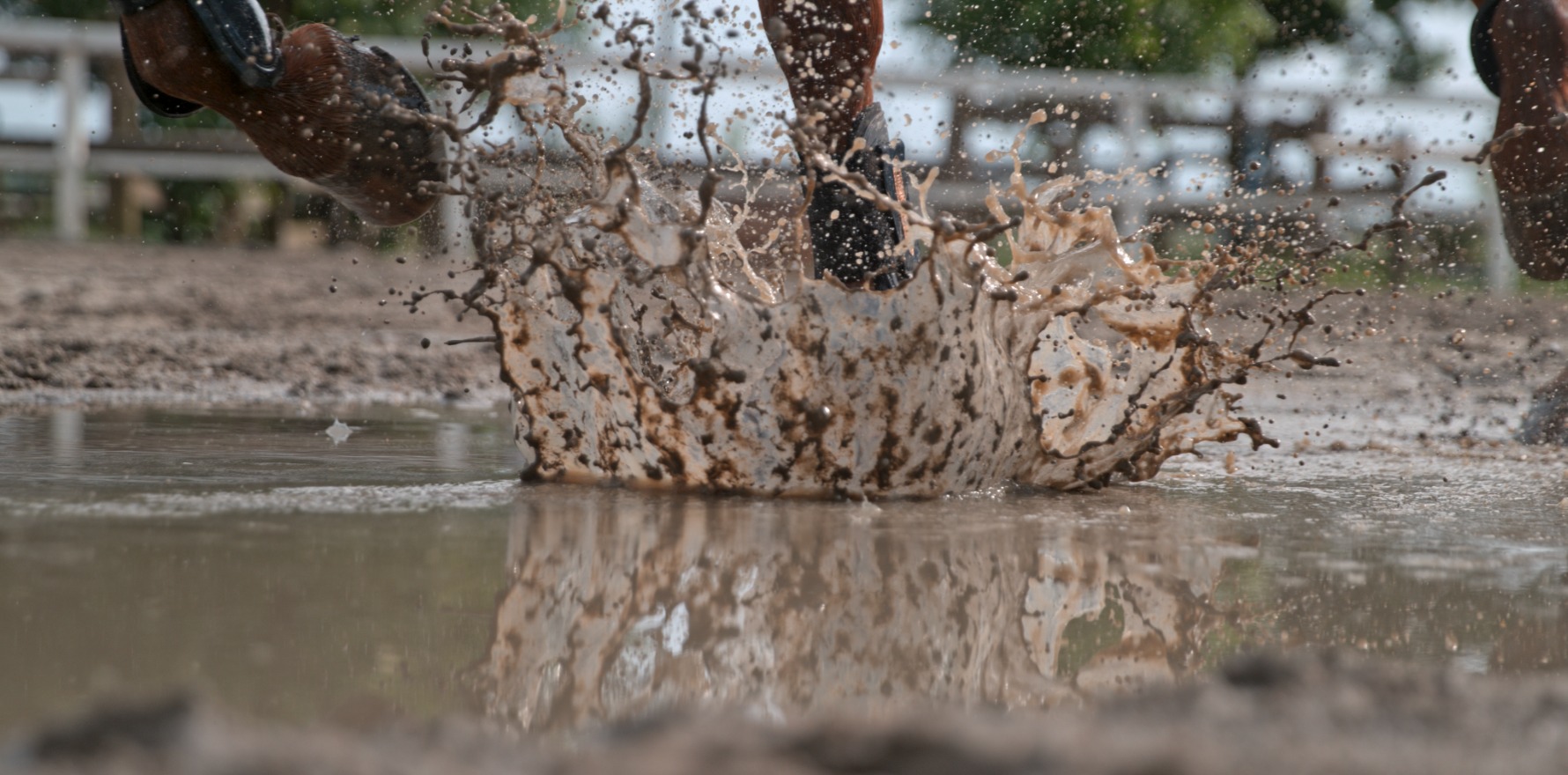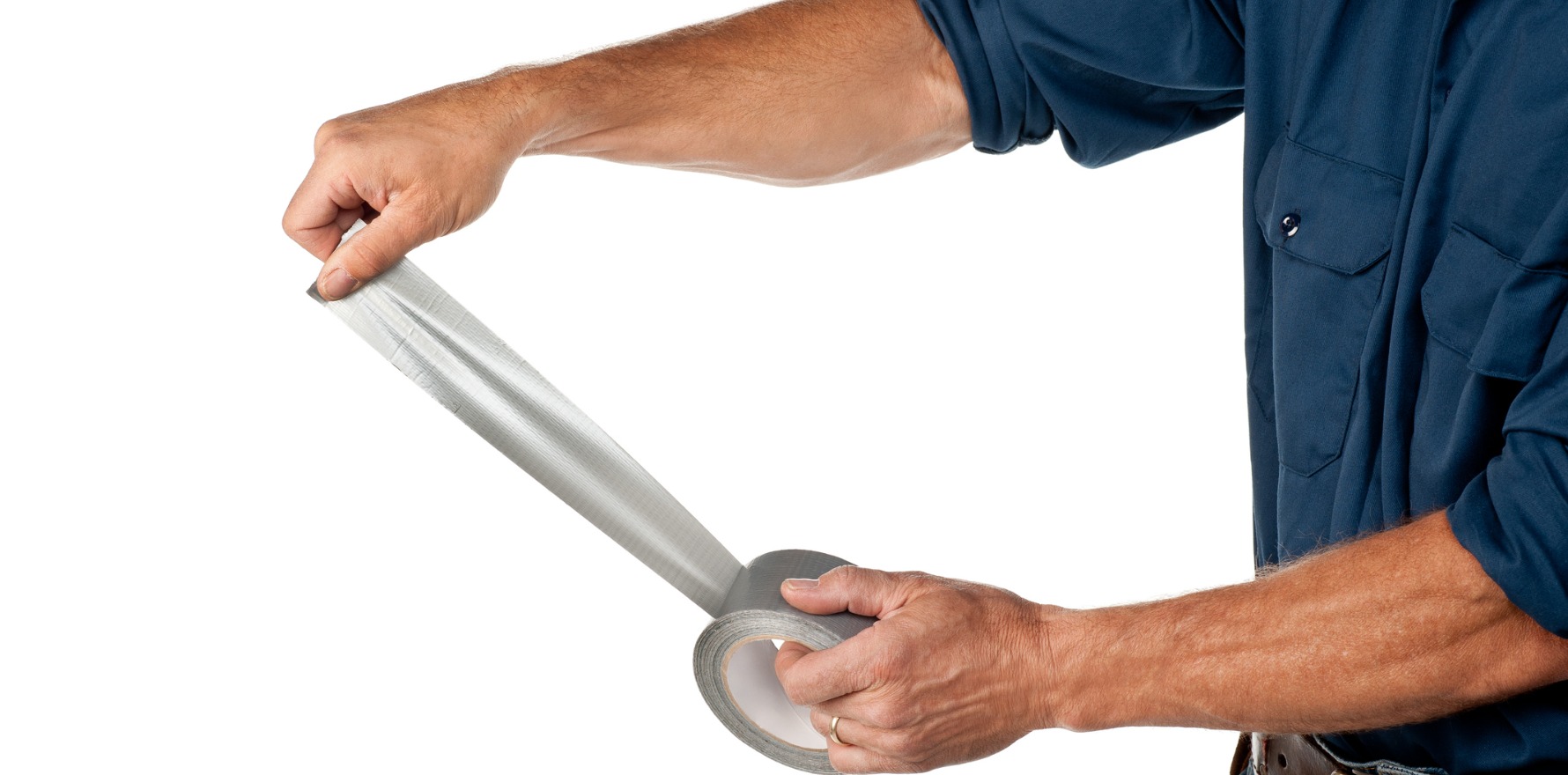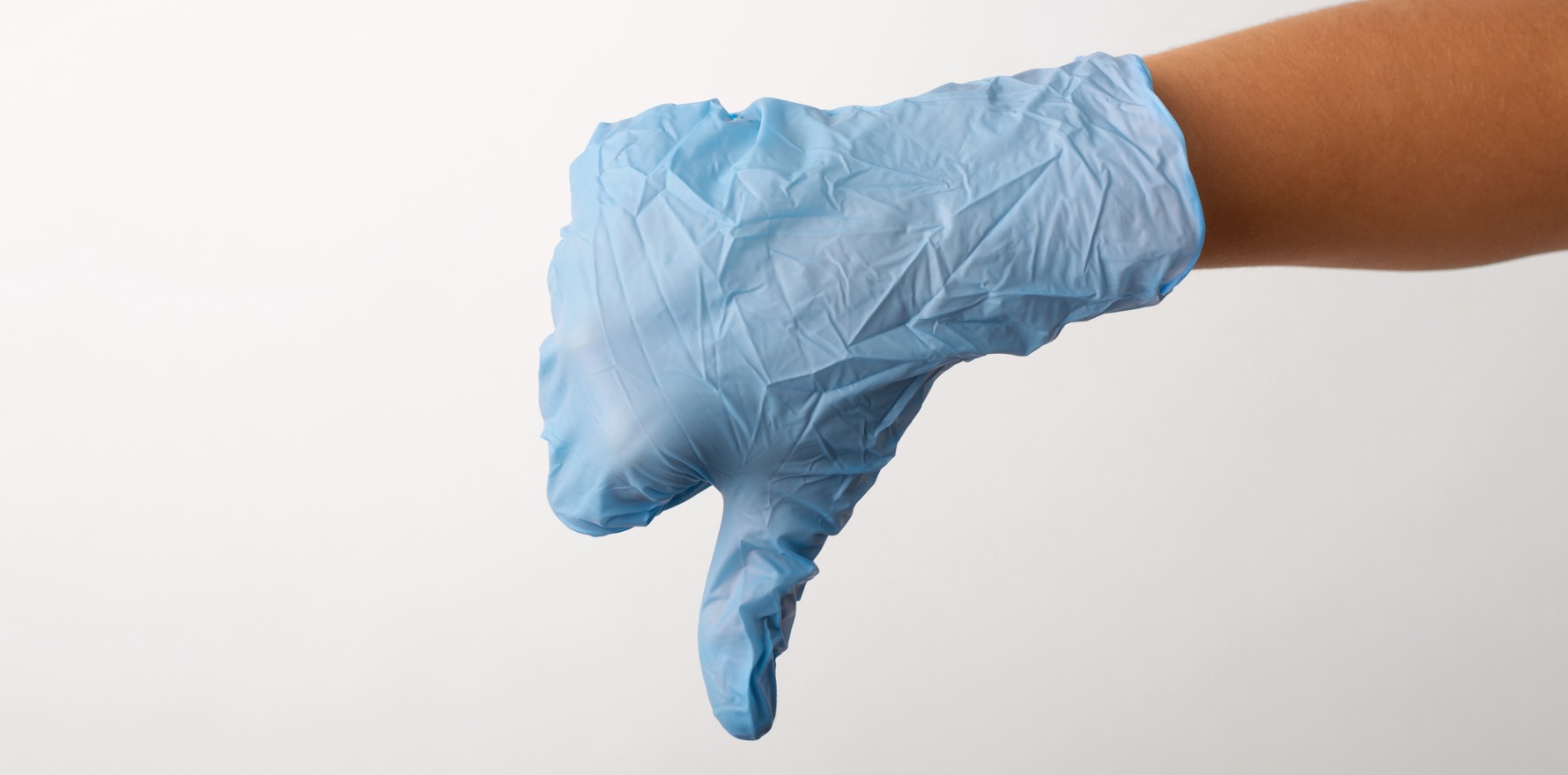A PHN has been given a grant for $3.7m taxpayer dollars but can’t say how it will be spent.
Primary Health Networks receive public money, but the way in which that public money is spent can be somewhat opaque.
A few weeks back The Medical Republic reported on the Northern Queensland PHN, which had worked with a local council and a private general practice to open a satellite clinic in the town of Mission Beach.
The PHN received funding from the federal government’s GP Incentive Fund Program, specifically under the measure designed to support access to healthcare in thin markets.
What the PHN press release did not contain, however, was how much money it had received through that grant.
It was $3,697,349.06.
This seemed like a somewhat unlikely sum, especially given that the Cassowary Coast regional council had paid for one year’s rent for the clinic, eliminating what is presumably one of the bigger set-up costs.
Naturally, we wanted to know why the grant was so large – but neither the PHN nor the Department of Health and Aged Care could give TMR an answer.
To be clear, TMR is not alleging any wrongdoing by DoHAC, NQPHN or anyone involved with the Mission Beach clinic.
There is likely a very reasonable explanation for how that money is being spent; the issue is that no one can tell us.
The fund
For two years running, the government has put aside $16.6 million for the GP Incentive Fund.
That’s $33,176,000 waiting to be used, open only to Australia’s 31 PHNs.
So far, just two grants have been issued – one for Murray PHN to the value of $950,000 and the other to the value of $3.7 million for NQPHN.
The grant opportunity is set to close in mid-February 2025, leaving just two months for the remaining $28 million to be spent.
According to the Department of Health and Aged Care, there will be more announcements about “remaining successfully funded projects” in due course.
Successful applicants had to provide a service system recovery plan identifying the specific service recovery solution relevant to the geographical location, demonstrate a history of good performance and show support for the plan from local stakeholders.
Related
The NQPHN grant
North Queensland PHN didn’t just apply once; it submitted three successful grant applications.
On 4 March 2024, it was approved for $433,334.
Then on 15 September 2024, the value of the grant increased to $563,631.
Just two weeks later, on 29 September 2024, the value was increased again – this time to $3,697,349.
When asked for the details on why this happened, NQPHN referred TMR to DoHAC.
According to a department spokesman, the funding process was two-step, starting with the preparation of a service system recovery plan to identify the source of the problem and design a solution and followed by implementation of the plan.
“The Northern Queensland Primary Health Network was initially funded to maintain services on the Cassowary Coast and to consult with local stakeholders to develop a service system recovery plan,” the spokesman said.
“Service maintenance funding was extended on 15 September 2024.
“Following the planning phase, NQPHN was granted further funding to implement the service system recovery plan in the Cassowary Coast region.”
Even taking out the initial two tranches of funding though, $3.2 million is a lot of money to open one clinic.
While two clinic owners who spoke to TMR said the sum may be reasonable if it was a particularly large clinic, they also noted that clinics which operated respiratory clinics during the pandemic were only given $150,000 for setup costs.
Both indicated that the $3.7 million figure would be uncharacteristically generous of the government.
The spend
The most likely explanation seems to be that NQPHN has multiple projects in the pipeline, and that only part of the grant money was spent on the Mission Beach clinic.
TMR was able to partially verify this theory; while the PHN was unable to comment, DoHAC confirmed that the grant will support “multiple activities across the Cassowary Coast region, including block-funded GP services in Mission Beach”.
Announcements on exactly what those activities are will come from NQPHN in due course, DoHAC said.
Asked for further details on how the money was being spent, the department said details on activity funding are commercial-in-confidence.
PHNs are, however, required to report against program expenditure in annual audited financial reports.
The bulk of the grant was delivered in September 2024, making it part of the 2024-25 financial year – the financial reports for this period won’t be out for another 12 months.
According to its financial report from the 2023-24 financial year, released this week, general practice and primary care made up around 6% of NQPHN’s total expenditure on strategic priorities.
Mental health and addiction treatment took up close to two thirds of the PHN’s expenditure, with population health and First Nations health collectively making up one quarter.





